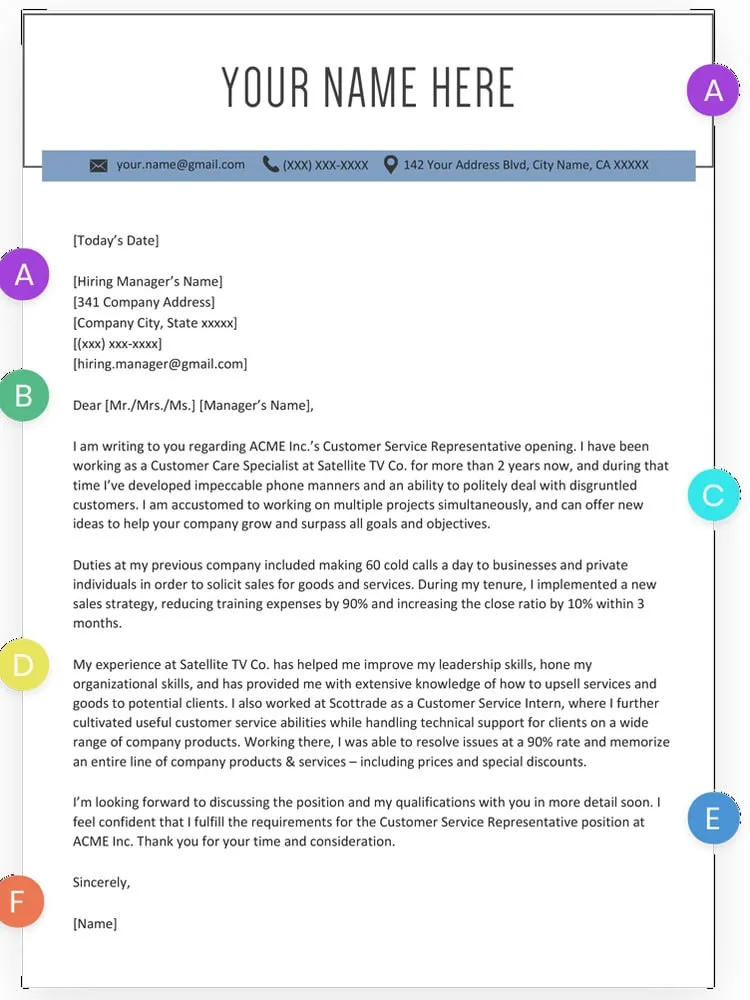What is a Resume and Cover Letter
A resume and a cover letter are essential documents in the job application process. A resume is a concise summary of your professional experience, skills, and education. It provides a quick overview of your qualifications, highlighting your relevant achievements and abilities. A cover letter, on the other hand, is a more personalized document that accompanies your resume. It serves as an introduction, allowing you to elaborate on your qualifications, express your interest in the specific role and company, and demonstrate your personality and communication skills. Both documents work in tandem to present you as a strong candidate, showcasing your suitability for the position you are applying for and grabbing the attention of the hiring manager.
Why Resume & Cover Letter Are Important
Resumes and cover letters are crucial for making a positive first impression on potential employers. They are often the first point of contact in the application process. A well-crafted resume allows you to showcase your skills, experience, and accomplishments concisely, making it easier for recruiters to assess your suitability for the role. A strong cover letter complements your resume by providing context and demonstrating your genuine interest in the position and the company. Together, these documents help you stand out from other applicants, demonstrating your professionalism and attention to detail. Furthermore, a tailored resume and cover letter show that you’ve done your research, taken the time to understand the job requirements, and are genuinely excited about the opportunity, which is a major key to success.
10 Tips to Write a Resume for Success
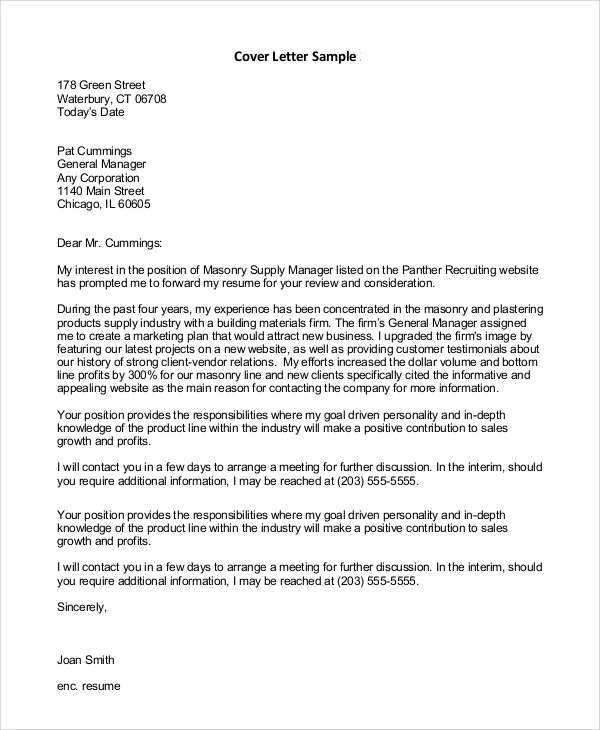
Writing a successful resume requires careful planning and attention to detail. Here are ten essential tips to help you create a resume that grabs the attention of hiring managers and increases your chances of landing an interview. From choosing the right format to highlighting your skills and quantifying your accomplishments, these tips will guide you through the process of crafting a resume that effectively showcases your qualifications and makes you a strong candidate for the job.
Choose the Right Resume Format
Selecting the appropriate resume format is the first step toward creating a professional and effective document. The most common formats are chronological, functional, and combination. The chronological format lists your work experience in reverse chronological order, emphasizing your career progression. This format is ideal if you have a consistent work history. The functional format focuses on your skills and abilities rather than your work history, which is suitable for those with gaps in employment or those changing careers. A combination format combines elements of both chronological and functional formats, allowing you to highlight both your skills and experience. Choose the format that best showcases your strengths and aligns with the requirements of the job you’re applying for. Consider the industry and the specific job description to make an informed decision.
Craft a Compelling Summary or Objective
A compelling summary or objective statement is crucial for capturing the reader’s attention immediately. A summary is a brief overview of your experience and key skills, ideal for experienced professionals. It should highlight your most relevant qualifications and career highlights. An objective statement, which is more common for entry-level candidates or those changing careers, states your career goals and what you hope to achieve in the role. Both should be concise, typically 2-3 sentences, and tailored to the specific job you are applying for. Use strong keywords from the job description to ensure your summary or objective aligns with the employer’s needs. This section is your first opportunity to make a strong impression and entice the hiring manager to read further.
Highlight Your Skills and Experience
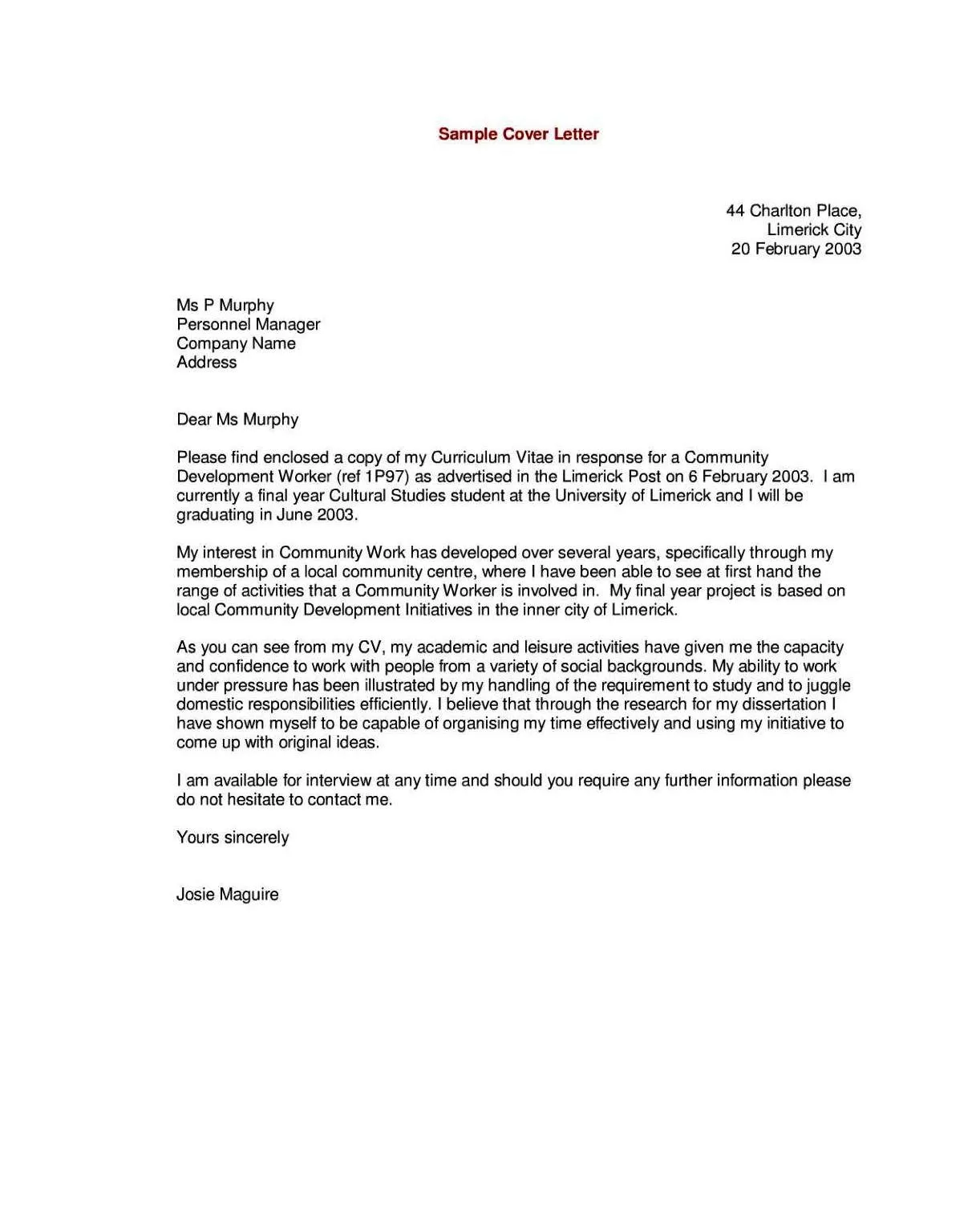
The skills and experience section is where you demonstrate your ability to perform the job. List your skills, both hard (technical) and soft (interpersonal), that are relevant to the position. Provide details about your work experience, including your job title, company name, dates of employment, and a brief description of your responsibilities and achievements. Use bullet points to make the information easy to read and scan. Focus on your accomplishments rather than simply listing your duties. For each role, describe what you achieved, quantifying your successes whenever possible. Tailor this section to each job application, emphasizing the skills and experiences that best match the job requirements. Use keywords from the job description to increase your chances of getting noticed by applicant tracking systems (ATS).
Use Action Verbs to Describe Achievements
Using strong action verbs is a powerful way to make your resume more engaging and effective. Action verbs convey that you are proactive and results-oriented. Instead of using passive language, such as ‘responsible for,’ use verbs like ‘managed,’ ’led,’ ‘developed,’ ‘implemented,’ or ‘achieved.’ Start each bullet point with a strong action verb to describe your accomplishments and responsibilities. This technique immediately grabs the reader’s attention and highlights your contributions. Tailor your verb choices to match the specific job requirements and the skills the employer is looking for. This approach not only makes your resume more dynamic but also demonstrates your ability to communicate clearly and concisely, which is a vital skill in any professional setting.
Quantify Your Accomplishments
Quantifying your accomplishments makes your resume more impactful and demonstrates the tangible results you have achieved in previous roles. Whenever possible, use numbers and data to support your claims. Instead of saying ‘Increased sales,’ say ‘Increased sales by 15% in one quarter.’ Instead of saying ‘Managed social media,’ say ‘Managed social media accounts, resulting in a 20% increase in follower engagement.’ Quantifying your achievements provides concrete evidence of your skills and abilities, which allows potential employers to see the value you bring to a role. This also makes your resume more credible and memorable. Use metrics, percentages, and dollar amounts to showcase your achievements.
Proofread and Edit Carefully
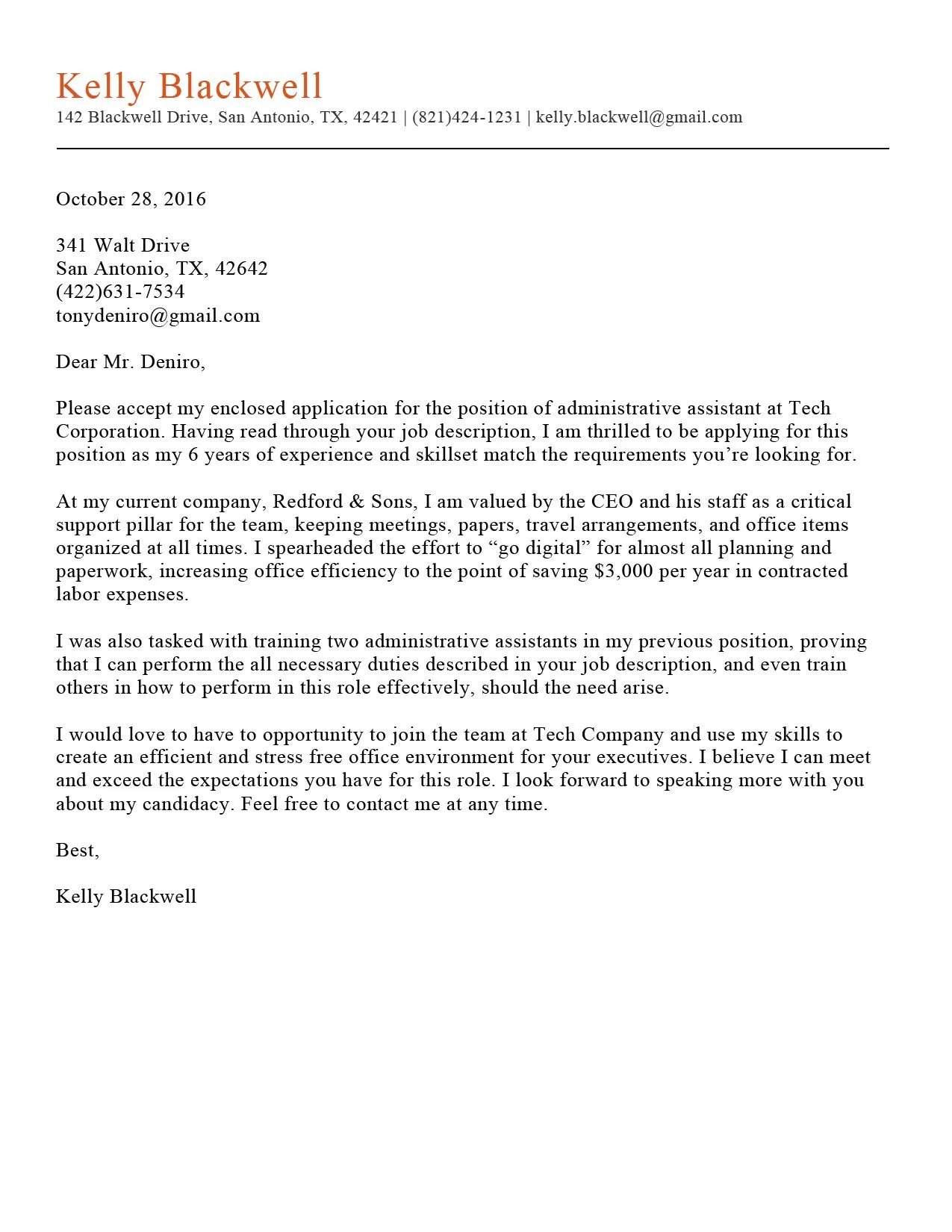
Thorough proofreading and editing are essential steps in the resume-writing process. Errors in grammar, spelling, and punctuation can create a negative impression and undermine your credibility. Carefully review your resume for any mistakes. Use grammar and spell-checking tools, but don’t rely on them completely. Ask a friend, family member, or career counselor to review your resume as a fresh set of eyes can often catch errors that you might miss. Ensure that the formatting is consistent throughout the document, and the font is easy to read. A polished and error-free resume reflects your attention to detail and professionalism, significantly improving your chances of getting an interview.
Write a Cover Letter That Stands Out
A well-crafted cover letter provides an opportunity to personalize your application and showcase your communication skills. Start by addressing the hiring manager by name, if possible, by researching the company and the specific role. Express your interest in the position and explain why you are a good fit for the company. Highlight the most relevant skills and experiences from your resume, and explain how they align with the job requirements. Customize your cover letter for each job application, showing that you have taken the time to understand the company and the role. End your letter with a strong call to action, expressing your enthusiasm and willingness to discuss your qualifications further. Make sure your cover letter complements your resume and provides a compelling narrative of your career journey.
Tailor Your Resume and Cover Letter
One of the most important tips for resume and cover letter success is to tailor them to each job application. Generic resumes and cover letters often fail to impress hiring managers. Review the job description carefully and identify the key skills, experiences, and qualifications the employer is seeking. Customize your resume and cover letter to highlight the most relevant information and demonstrate how your skills and experiences align with the job requirements. Use keywords from the job description throughout your documents. Tailoring your application shows that you have taken the time to understand the specific role and company, which significantly increases your chances of getting an interview.
Resume and Cover Letter Template
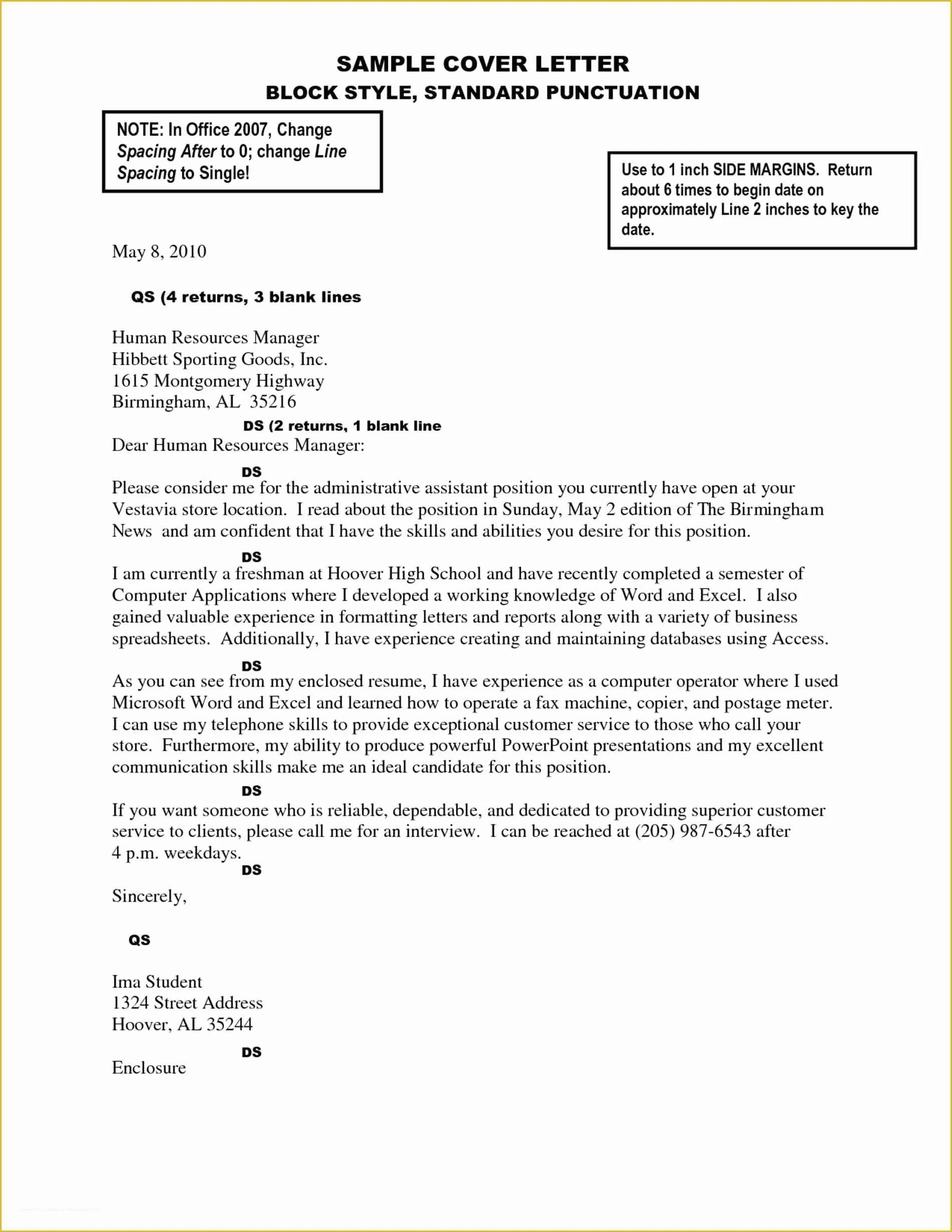
Using a resume and cover letter template can be a great starting point, especially if you are unsure where to begin. Numerous templates are available online, ranging from simple and minimalist designs to more elaborate and creative layouts. Choose a template that suits your industry and personal style. Make sure the template is easy to read and well-organized. Customize the template with your information, tailoring it to the specific job you are applying for. Remember to replace the placeholder text with your own details and edit the content to reflect your skills and experience. Using a template can save you time and ensure that your resume and cover letter have a professional look and feel. Also, ensure the template is ATS-friendly, especially if you are applying through online portals. Always proofread and edit the final document to ensure the information is accurate and error-free.
Final Tips for Resume Success
Here are some final tips to maximize your resume’s effectiveness. Keep your resume concise, ideally within one or two pages. Use a clear and easy-to-read font, such as Arial or Calibri. Save your resume as a PDF file to ensure the formatting remains consistent across different devices. Update your resume regularly to reflect your latest experiences and skills. Always include your contact information, including your phone number and email address. Consider creating a professional online presence, such as a LinkedIn profile, and include the link on your resume. Seek feedback from career counselors or trusted professionals. By following these tips, you can create a powerful resume that highlights your qualifications and helps you stand out from other job seekers, increasing your chances of landing your dream job.
